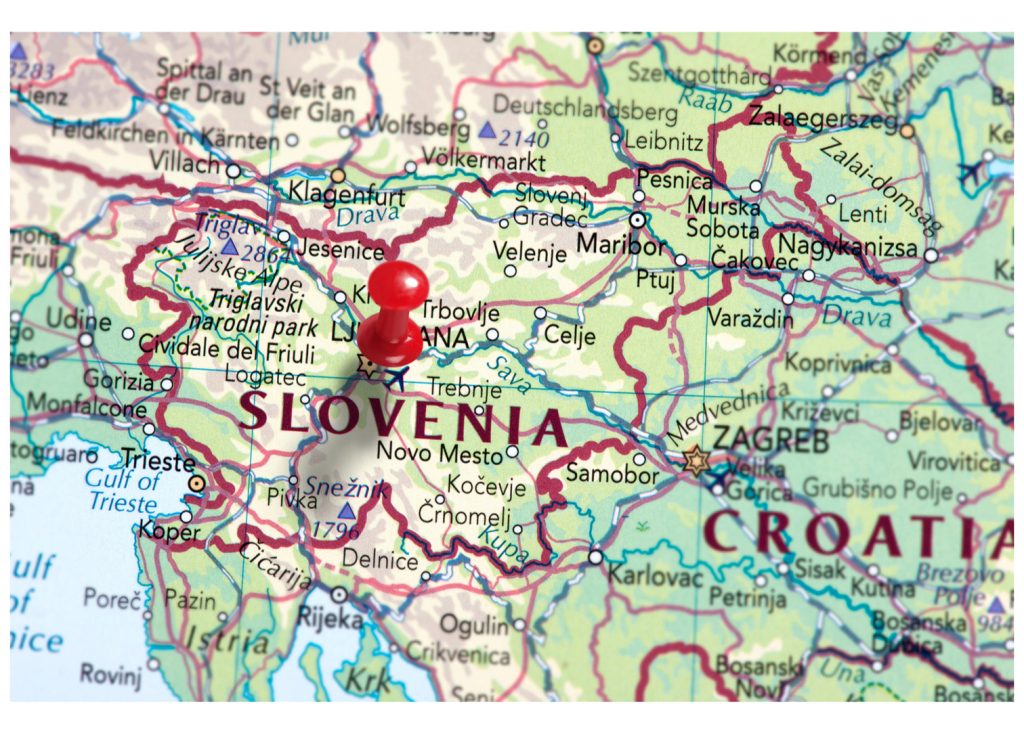
Ready to take your palate around the world, try new things and learn about unique destinations? The team at Buyers+Cellars is excited to introduce our Destination Discoveries newsletter, where we will keep you up to date on our amazing wines being featured in the LCBO’s Destination Collection.
LCBO's Destination Collection
So what is the Destination Collection anyway? The Destination Collection is a program run through the LCBO that allows customers to experience rare wines from around the world. Usually lesser-known regions, and unique grape varieties. The Destination Collection specialty boutiques are located within existing LCBO stores. The Greek boutique store, for example, is conveniently located in the East End of Toronto, in Greektown (bet you coulda guessed that one). To check out all the destinations and find a specialty boutique store, click the link below…
For our first Destination Discoveries segment, the team at Buyers+Cellars is thrilled to travel with you all the way to the beautiful country of Slovenia to sip on some amazing 2021 Erzetic Rebula.

A bourgeoning country on the international wine scene, Slovenia is rich in history, native grapes and progressive, energetic producers. This small, central European nation is home to 2,500 wineries and 22,000 hectares under vine. Interestingly, the local population consumes 94% of the approximately 80 million litres of wine produced each year. 75% of that production is white wine, the preferred grape colour for both its inhabitants and its terroir.
Like many European wine traditions, Slovenia’s originated from monasteries and monks during the Middle Ages. Following World War II, as part of the former Yugoslavia, Slovenian wine efforts focused almost entirely on quantity, with the vast majority of production carried out by large scale cooperatives. But beginning in the 1970s, Slovenian wine quality improved greatly. Following the breakup of Yugoslavia, they were quick to modernize and organize, creating standards and protocols that helped unify the somewhat fractured industry and bring it in line with other European nations.
Further adding to these efforts was, and continues to be, the country’s highly successful and widespread tourism campaigns. Generally speaking, Slovenia’s climate can be considered Continental. With hot summers and cold, dry winters. The areas to the west are influenced by the Mediterranean, and thus vary considerably. Like all fine wine regions, Slovenia’s are blessed with slopes everywhere. From gentle rolling hills to steep, sometimes terraced banks. Traditionally, almost all of Slovenian wine was fermented and aged in large casks sourced from local forests. And while those casks are still used today, many wineries employ the use of temperature-controlled stainless steel tanks for fermentation, and French barriques for aging.

There are three main wine regions in Slovenia: Primorska, Podravje and Posavje. Widely considered the finest of the three, Primorska is located to the west, bordering Italy and the Adriatic. Its 8,000 hectares of vineyard are planted with both international and indigenous grapes. Of the latter, Rebula, Tokaj and Refosco are seen as the region’s best for producing unique, interesting and high quality wines. Within Primorska you’ll find Goriska Brda, one of four wine districts in the region. It’s a figuratively and geographically continuation of Italy’s Collio region. As such, it’s heavily influenced by their neighbours. Many of the same grapes can be found on both sides of the border, though each offering subtle differences in style and approach.
Rebula, known in Italy as Ribolla, is an ancient local grape variety that dates to the 14th century. It’s considered the ‘Queen’ grape in both Friuli and Goriska Brda, prized for its delicate bouquet, rich texture and intriguing, if subtle character: lemon, anise, spice. Its moderate alcohol and bright, focused acidity make it a versatile food partner and an exceptional aperitif.
The Erzetič family’s agricultural tradition dates to 1725, when patriarch Martin established the farm in the quaint village of Visnjevik, hidden in the midst of the Brda hills. Now under the stewardship of young Andrej Erzetič, the steep, terraced vineyards are farmed organically, with varying exposures and micro-climates. The property sits at 300 meters above sea-level, the highest of any winery in the region. Their specialty, as you’d expect from the region, is the aforementioned, yellow-skinned Rebula. Grapes are harvested by hand and the wines are crafted in small batches. Erzetič’s wines are at once powerful and elegant.
Buyers+Cellars are proud to present Andrej’s 2021 Rebula through the LCBO’s Destination Collection program. The wine is available for purchase by the bottle both online and at the Central European Boutique LCBO store located in Mississauga…
The Erzetič estate is comprised of several vineyards, all within the town of Višnjevik. The vineyards are comprised of terraces with single Guyot trained vines planted at a density of 4000 plants per hectare. Soils here are made up of marl and schist. Immediately after pressing, the juice was cooled down in stainless steel and fermented using only indigenous yeasts. The resulting wine was aged on the lees for 4 months prior to a light filtration and bottling.
This has delicate aromatics of cherry blossoms, apricots, meadow flowers and hawthorn. The palate is mid-weight and textured, adding notes of ripe tree fruits: apple, bosc pear and peach. It finishes clean and long with hints of salty minerality and candied citrus. It makes a wonderful aperatif, but will also pair well with baked fresh water fish, risottos, seafood and grilled/roasted poultry.
You’ll hear from us soon for our next Destination Discovery adventure, and until then, happy sipping!


